Paul Vizanko, Director of Player Fitting and Development at Scotty Cameron, goes in-depth on how the PGA Tour and Tour player input went into the design of the Phantom Black line.
Now available in golf shops worldwide, Phantom Black offers dedicated golfers putters inspired by those made for the pros: https://www.scottycameron.com/putters/phantom-black/
» Subscribe to Scotty Cameron for more insights from Tour: https://www.youtube.com/@scottycameron?sub_confirmation=1
0:00: Phantom Black 9.2R
2:27: Phantom Black 7
4:18: Phantom Black 5.5
5:15: Chrome Shaft And Tour Black Finish
5:45: Phantom Black 11
Okay, I’m here with Paul Vzanco, our director of player development and tour fitting. Paul, we’re going to talk about the new Phantom Black line. Phantom Black is a new limited release that we’re bringing to the market July 25th. And the really cool thing about Phantom Black is basically we went in the back in the tour department, looked at, you know, some of the most popular customizations you were being asked to do to existing Phantom putters and decided to bring them to the market. So, with that said, um a big story with Phantom Black is some of these alignments. Um so, let’s start with the 9.2R. We’ve got this kind of short topline alignment, but but this putter doesn’t have a traditional top line. So, what’s going on there? And and why did players start asking for that option? So, the the short top line gives them a reference point of the top line. They like how the the line goes straight to the leading edge and it gives them good awareness of where to place the ball middle of the putter and then uh those those type of players don’t like a long line because then it starts to look left or right. So we shorten it up. It gives them reference for the top line, reference where the ball should be placed and just enough visual cue to to help align the face. So it it also kind of gives that optical illusion of more that traditional top line, but they can get that smooth swept back rounded feel. Yeah. Yeah. It’s a real clean look if they uh I get a lot of players that don’t like a long line, so we just shorten it up. It’s it’s that simple. Yeah, that’s great. So the 9.2R has become really popular on tour with with all of our nines. the the nine Phantom is right up there with our five the past few weeks on the PGA tour is the most played Phantom on tour. Um this 9.2R has a special neck. Talk to us about the story around this particular neck because it’s not our typical plumbing neck for our inline product. Yeah, so as you can see the R for round. So we wanted to soften the the edges. Yep. Uh bring out the top line more. And we had to do the same thing with the neck. We didn’t want a neck that had a really aggressive alignment feature. We wanted to soften up the neck. So, it’s a traditionally it’s kind of close to our 009 neck. Yeah. And it little bit more back towards the heel in terms of placement. Exactly. Which which allows the player to see the entire uh leading edge. So, all the way back to the heel side. Awesome. All right. So, another big change here for Phantom Black. We’ve got the seven. Um, but this has a a bend we haven’t seen for quite some time, at least in a production. Scotty Cameron putter with this double bend shaft. And I guess you work with a few different double bends on tour. Talk to us about how this one came about and why we chose it for Phantom Black. So, I had a player that used the plumbing neck uh to as an alignment aid, but wanted to go to a double bend shaft. And so we tweaked around some some bends on the a few different shafts until we got the features he was looking for. Um, this particular player uses these two bends here to help align the face and then to see a visual towards the target. One of the cool things I know, uh, you know, with all of Scotty’s bends is that he tries to point those bends down the target line. Is that similar here? Exactly. Yes. This this first bend here goes down the target line. Yeah. And then this uh the shaft aligns with the face. It’s a small detail not everyone’s aware of, but it’s Scotty’s idea of everything in the putter design helping get your eye down that target line, helping you make more putts. Yeah. All these lines, you know, are consistent with the lines you see on the putter. Yeah. So, the seven also has this dualpurpose kind of rail alignment um that dates back to, I think, Futura, right, Paul? So tell us about how that came about and seems to be a popular setup on tour still. Yeah, so the the rails typically they use to align their body which is just a great visual. It’s kind of like railroad tracks. Um they can use it, you know, alignment towards the target kind of like alignment sticks on the ground even. Yeah, exactly. And then the uh the short top line brings out the top line and then also it’s just enough for them to see middle of the putter. Yeah. Awesome. Fantastic. Okay, so the 5.5 uh you know obviously one of our most popular models on tour for quite some time. Um Phantom Black, we we’ve gone to a top line instead of the dots and then we’ve got kind of these tracer lines inside the flange there. How are players using that on tour? And then also talk to us a little bit about um the jet neck and how players use that in terms of you know their their preference of what they’re seeing at address. So the players like to frame the golf ball. Y which helps them align the face. So that’s a real easy way for them to uh square the face up. Top line similar as before where it’s just enough to give them awareness of middle of the face, middle of the putter. And then the jet neck does a couple different things. It’s a clean look to the putter, but it also sets their hands feeling like their hands are lower, which helps them feel a lot of the let’s say the swing of the putter. Yeah. Yeah. Across the Phantom line, we’ve got chrome shafts, black heads. That’s actually the prefer preferred combination on tour. Why is that, Paul? It really brings out the the black head. So, they’re looking for, you know, it’s got, you know, players that are looking for less glare in a putter typically go for non-s putters, black putters. Yep. And then they really want a distinction between the shaft and the head. They want the head to be the the prominent thing they see next to the golf ball. Yeah. Very cool. Finally, we’ve got the 11. Um, the 11’s our largest mallet in the line currently. Um, we see these out on tour. We’ve gone with a different kind of twin line alignment versus the Arrow in the stock model. Um, why does a player on tour go with that twin line, those those thin parallel lines? You know, we first thought they might go with the single line, but then the the the single line was a little bit too boring for a lot of guys. So, we went with the double line, which then created uh gave him two things. It gave them an alignment aid for, you know, to square up their body and then it was just a great visual for the players that like to see a line straight at the target. Yeah. Awesome. And I know you’ve mentioned to me before that, you know, some players want that separation between the ball and the putter head or the or the flange and but a lot of players want to have that continuous line from the line on their golf ball. Yes. Right down the putter. So, this this gives them that for sure. Yeah, that’s exactly what they’re looking for. And the dual line gives them that little pin stripe between the two white lines that aligns perfectly with the the line they put on their golf ball. Yeah. Awesome. Thanks, Paul. Yeah. Thank you.



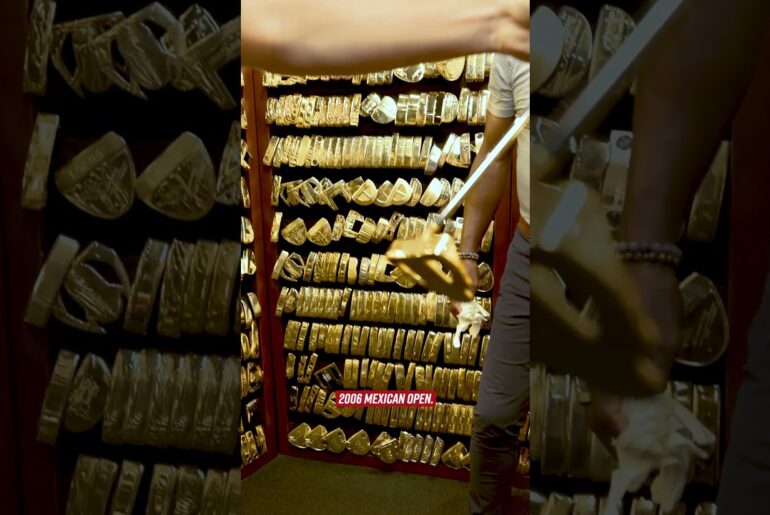
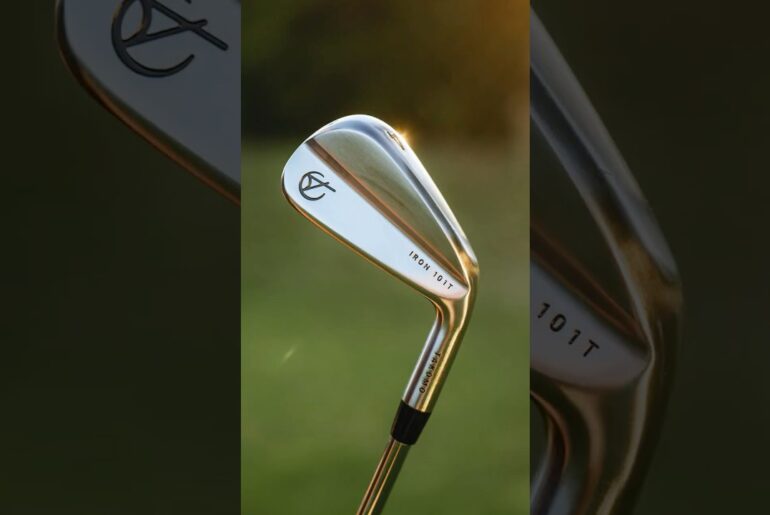
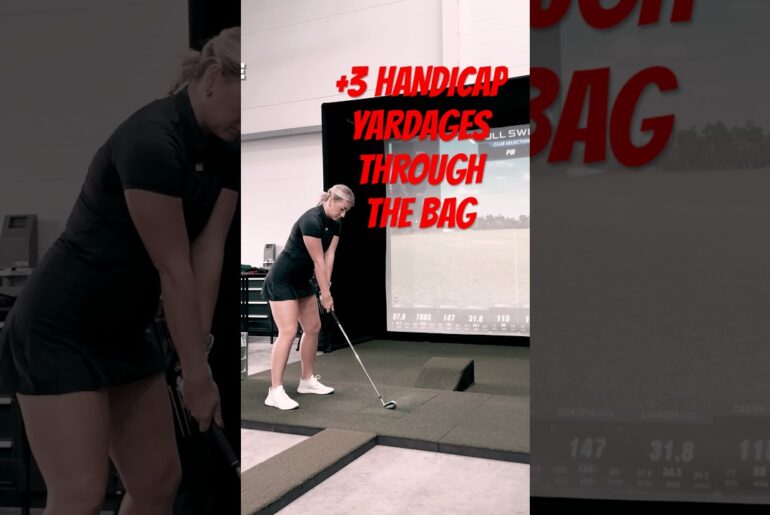
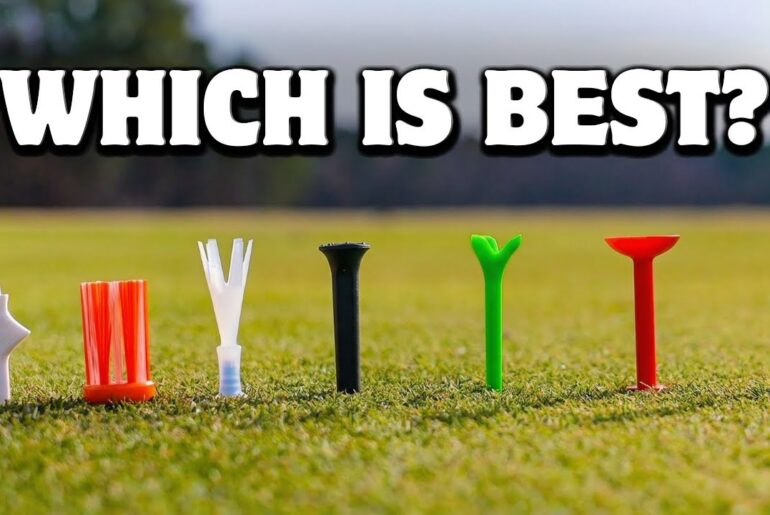
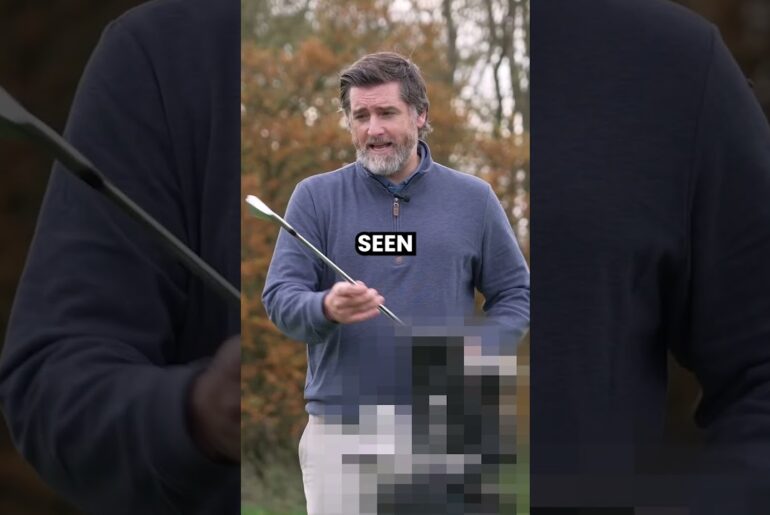
5 Comments
How do we get a black shaft with these?
It's a bummer special editions can't be ordered with length, loft, and lie adjustment. Makes playing them impossible.
I haven’t seen any pros playing these on tv lol
So disappointed with my 9.2r. Now I appreciate this is on me as a golfer but slight misses from centre have a terrible “ting” sound.
No black shaft and ridiculously over priced. They aren’t selling